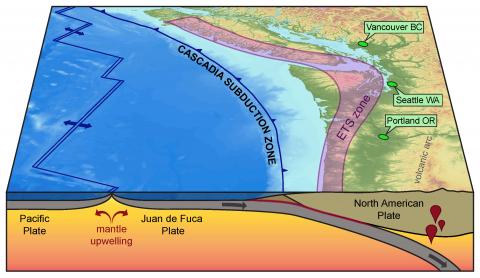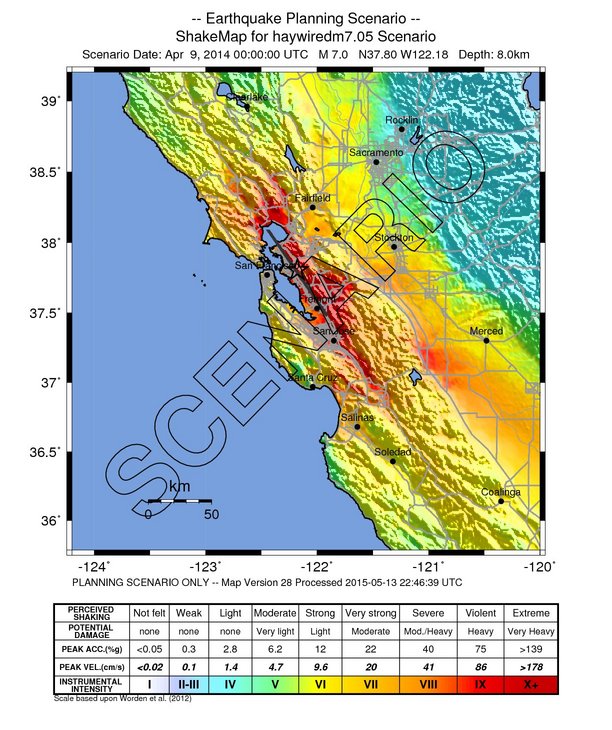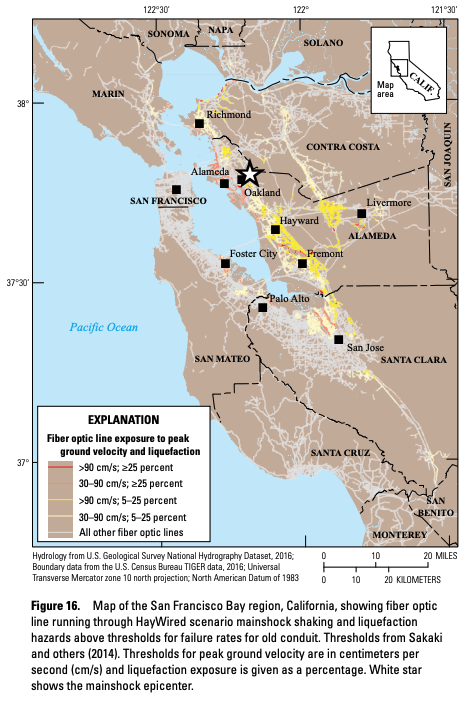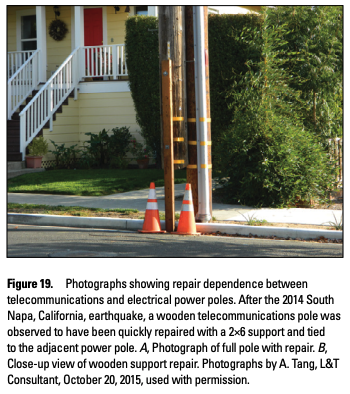We may feel besieged by disasters on many fronts right now, & find it hard to focus on additional hazards like earthquakes. However, hazards don’t wait for each other. Winds, wildfires, smoke, hurricanes... & during a global pandemic?! Fortunately, the solutions are overlapping.
While natural hazards--like earthquakes, severe weather, wildfires, hurricanes, and viruses--can abruptly disrupt our lives, we can attempt to control our outcome in the situation by being informed and prepared, and it's #NationalPreparednessMonth! #BeReady
The biggest step in being prepared is planning ahead as best as we can. Discuss, communicate, and revise your plan with your family, friends, household, and community. Then take action! We have earthquake preparedness tips here: usgs.gov/faqs/what-can-…
Seek authoritative information from the agencies and groups tackling disaster risk in your community.
The @USGS researches & monitors many natural hazards, alongside many national, state, and community partners. usgs.gov/mission-areas/… #DOIDelivers
The @USGS researches & monitors many natural hazards, alongside many national, state, and community partners. usgs.gov/mission-areas/… #DOIDelivers
You can be an agent of preparedness, too! Contribute to your community’s resilience by becoming informed, getting involved, and talking about risk with your family and friends. You can even become a volunteer emergency responder! ready.gov/cert
Visit Ready.gov @Readygov to learn more about various hazards and to begin getting engaged and prepared: #BeReady.
For earthquake info, follow along with our conversation here on @USGS_Quakes and other partners, as September is #NationalPreparednessMonth!
For earthquake info, follow along with our conversation here on @USGS_Quakes and other partners, as September is #NationalPreparednessMonth!
• • •
Missing some Tweet in this thread? You can try to
force a refresh













